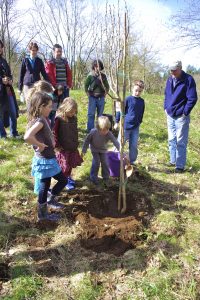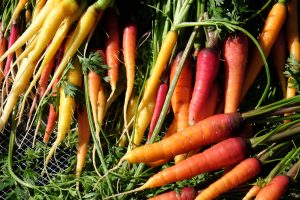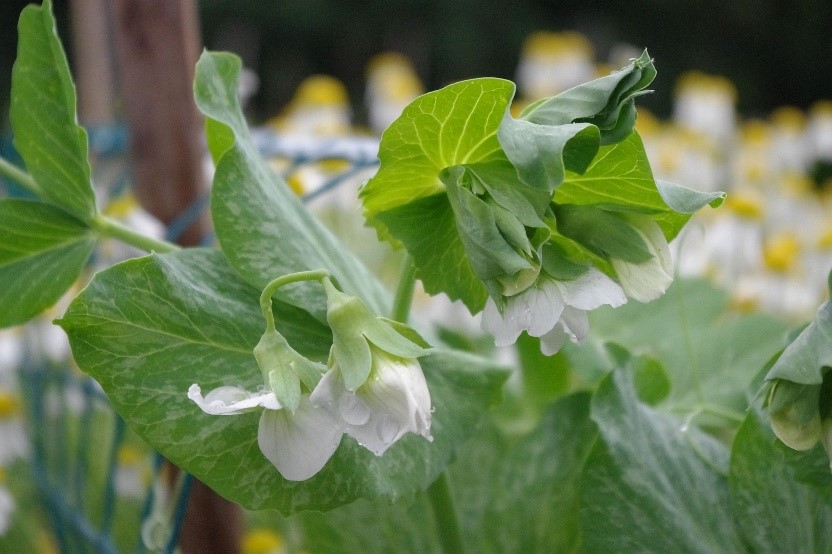By: Natasha van Bentum, Director, Give Green Canada (G2)

Last autumn, Give Green Canada (G2) began research for a new chapter around foodland and farmland to add to the Green Legacies Guide. The Guide, a collaboration with the Land Trust Alliance of BC, is a robust resource for professional advisors and for individuals who are contemplating making a gift to benefit the environment. It includes information on annual gifts, bequests, gifts of life insurance and real estate, endowments, Ecological Gifts, and more.
“This new chapter of the Green Legacies Guide provides key context and essential information to potential donors about the important legacy implications of establishing a foodlands trust for a sustainable and food secure future in British Columbia,” said Dr. Hannah Wittman, Faculty of Land and Food Systems, Institute for Resources, Environment and Sustainability, University of British Columbia.
“I was surprised to learn that in the next ten years, over 50% of BC’s farmers will retire,” said Natasha van Bentum, CFRE, Director, G2.
Similar trends are playing out across Canada. As many farmers retire, large amounts of farmland will presumably change hands. Who will purchase this farmland? What will it be used for?
At the same time, aspiring young farmers face a host of challenges. Several recent studies confirm the cost of farmland is one of the most significant barriers. A survey of new and beginning farmers found that of 15 listed challenges, the three most significant were:
- cost of land
- lack of capital; and
- lack of farmland that is currently available.
It is clear that not only in British Columbia, but across the country, we face significant challenges related to accessing secure and affordable land for food production. This is true especially for a new generation of farmers interested in building alternative and sustainable food networks that utilize environmental best practices to enable regional food security.
Farmers also face challenges around the transfer of land from one generation to another. Research has identified an urgent need for innovative land access and governance models. There will be a rise in farmland transfers over the coming decades, and in many cases, there is no family member waiting to take over the farm.

When it comes to succession and family estate planning, there is a need for processes and support structures to enable farm business and farmland transition between family members. Various needs have to be taken into consideration, including those of young people accessing the land and also the needs of those farmers either retiring or selling the land.
While Canada has a healthy roster of mechanisms in place for when it comes to gifts of land (as described in depth in the Green Legacies Guide), in terms of foodland and farmland, things are different, and in some ways more challenging.
The new foodland and farmland chapter of the Green Legacies Guide explores some of these challenges and provides:
- an overview to the agricultural context;
- a description of the need to establish a vibrant and growing future for foodland and farmland; and
- an outline of some of the pioneering new initiatives around giving options to create foodland and farmland trusts.
G2 would like to express sincere appreciation to the Investment Agriculture Foundation of BC, the Real Estate Foundation of BC, and the Vancouver Foundation for their assistance in making this new Chapter possible.
A project on Tides Canada’s shared platform, Give Green Canada (G2) promotes gift planning for the environmental charitable sector as a key solution to long term sustainability. G2 offers an open-learning Toolkit at no charge.
